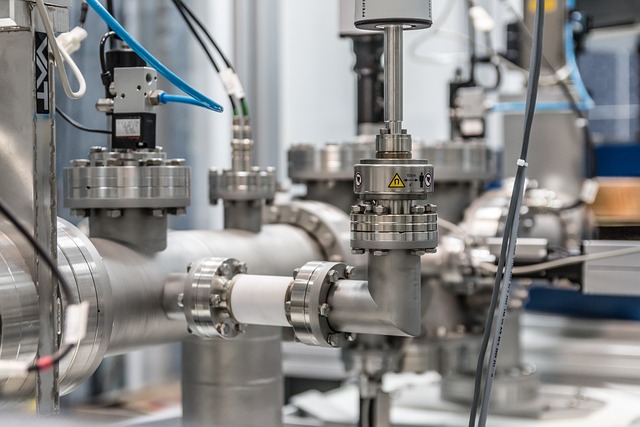Running toilets waste up to 20 gallons of water daily, driving up bills and impacting the environment. Plumbers diagnose and fix issues caused by worn flappers or fill valves, often through affordable solutions that benefit both conservation and budgeting. Before calling a plumber, try DIY troubleshooting like replacing a worn flapper or faulty fill valve. Upgrading to low-flow toilets and efficient appliances further reduces water usage and utility bills. Regular maintenance checks with a plumber prevent major damage and costly repairs, ensuring long-term water conservation.
Running toilets not only waste water but also push up your bills. This comprehensive guide tackles the issue head-on, helping you understand common causes and effects of running toilets. We explore the environmental impact of water waste and provide practical troubleshooting tips from a plumber’s perspective for quick fixes. For long-term solutions, discover ways to upgrade your plumbing for efficient water usage. Learn when it’s time to call a professional plumber for comprehensive repairs.
- Understanding Running Toilets: Common Causes and Effects
- The Impact of Water Waste: Costs and Environmental Considerations
- Basic Plumbing Troubleshooting: A Plumber's Guide to Quick Fixes
- Long-Term Solutions: Upgrading for Efficient Water Usage
- Professional Help: When to Call a Plumber for Comprehensive Repairs
Understanding Running Toilets: Common Causes and Effects
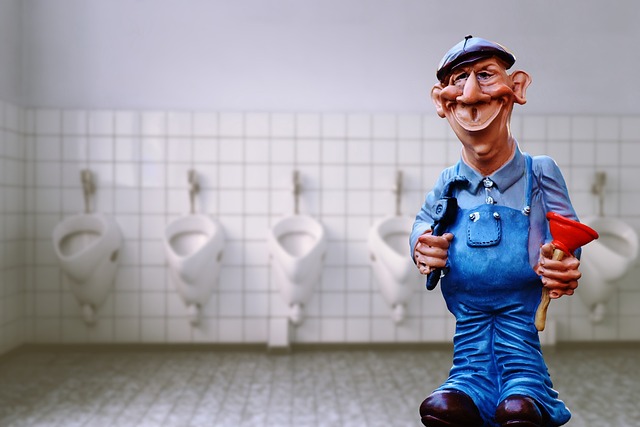
Running toilets are a common yet annoying issue that can significantly impact your water bills and contribute to wasteful water consumption. Understanding the causes behind this problem is the first step in fixing it. Often, a running toilet results from a faulty flapper or fill valve inside the tank. The flapper, which covers the flush mechanism, may not be sealing properly, causing water to constantly flow into the bowl. This can be due to wear and tear over time, poor installation, or low-quality parts.
As a result of this constant water flow, you’ll notice your toilet consumes more water than necessary with each flush, leading to higher utility costs. Moreover, it can waste hundreds of gallons of water annually, contributing to environmental concerns. A plumber can quickly diagnose and address these issues by replacing faulty components or offering expert advice on efficient flushing systems.
The Impact of Water Waste: Costs and Environmental Considerations
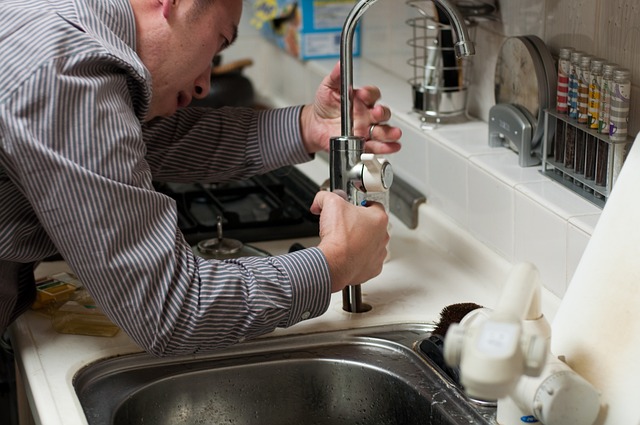
A running toilet can waste up to 20 gallons of water every day, leading to significantly higher water bills and an unnecessary strain on local water resources. This issue is not just a financial concern for homeowners; it also has substantial environmental implications. Water is a precious resource, and excessive waste contributes to the global water crisis. By fixing a running toilet, you’re not only saving money but also playing a vital role in conservation efforts. A plumber can easily identify and rectify the cause of a running toilet, often with relatively low-cost solutions that pay off in both financial savings and environmental stewardship.
Basic Plumbing Troubleshooting: A Plumber's Guide to Quick Fixes
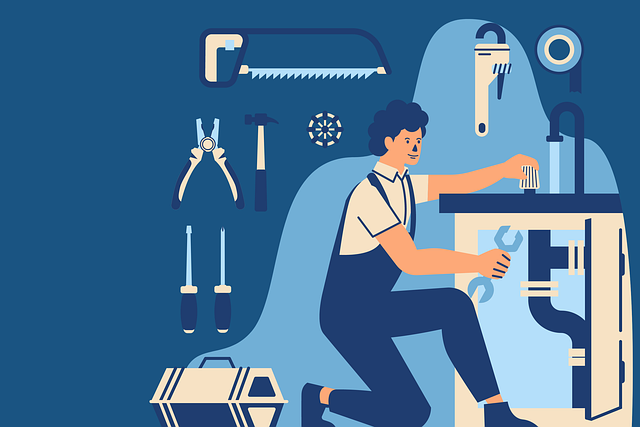
When it comes to running toilets, a plumber’s expertise is invaluable for identifying and fixing the issue. However, before calling in a professional, basic plumbing troubleshooting can often lead to quick fixes that save water and reduce utility bills. Start by checking the toilet flapper; this seal prevents water from continuously flowing into the bowl. A worn or damaged flapper can cause an endless cycle of filling and draining, wasting precious water. Replacing it is usually a simple process that many DIY enthusiasts can handle.
Another common culprit is the fill valve, responsible for controlling the water level in the tank. If this valve malfunctions, the toilet might run indefinitely. Inspecting and cleaning the valve or replacing a faulty part can stop the water waste instantly. Remember, these simple steps not only save money but also contribute to environmental conservation by reducing water consumption. A plumber’s guide to such quick fixes is an excellent resource for homeowners looking to tackle basic plumbing issues themselves.
Long-Term Solutions: Upgrading for Efficient Water Usage
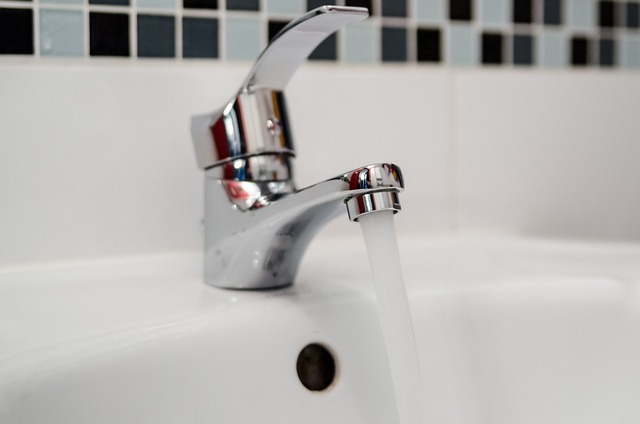
When considering long-term solutions for saving water and reducing utility bills, upgrading your plumbing system is a strategic move. A plumber can install modern fixtures and appliances that are designed with water efficiency in mind. Low-flow toilets, for instance, use significantly less water per flush compared to older models, translating to substantial savings over time. Additionally, high-efficiency washing machines and dishwashers not only reduce water usage but also energy consumption, lowering your overall bills.
These upgrades are an investment that can pay off for years to come. By adopting efficient water usage practices and employing contemporary plumbing technology, homeowners can contribute to conservation efforts while enjoying the benefits of lower water bills. A plumber can guide you through these changes, ensuring that your home’s plumbing system is not only optimized for efficiency but also tailored to your specific needs.
Professional Help: When to Call a Plumber for Comprehensive Repairs
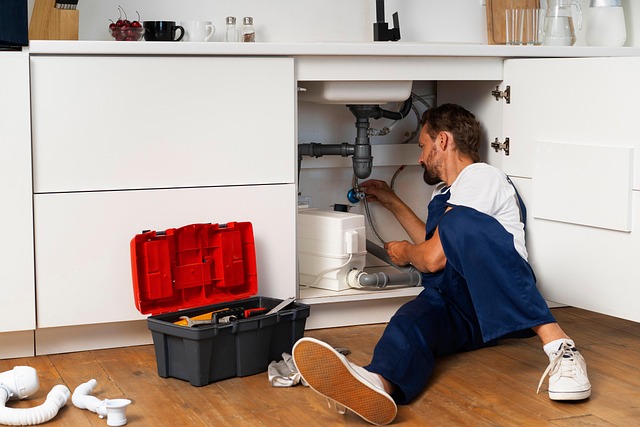
Running toilets can be a persistent and costly issue, but it’s often more complex than a simple DIY fix. While many minor adjustments like adjusting the float valve or replacing the flapper can be tackled by homeowners, certain situations require professional help from a plumber. Regular maintenance checks might seem expensive, but they’re invaluable for preventing major damage and costly repairs down the line.
A plumber brings specialized knowledge and tools to diagnose issues that may not be immediately apparent, such as hidden leaks or faulty parts. They can also ensure that repairs are done correctly, promoting long-term water conservation. If you notice persistent running, excessive flushing, loud noises, or signs of water damage, it’s time to call a professional plumber for a comprehensive assessment and repair.
Running toilets are a common yet costly problem, wasting not only water but also money. By understanding the causes and implementing either temporary fixes or long-term solutions, homeowners can significantly reduce their water bills and environmental footprint. Whether it’s a simple adjustment or a complex upgrade, seeking help from a plumber when needed ensures comprehensive and efficient toilet repairs. With these measures in place, you’ll not only save on your monthly expenses but also contribute to a more sustainable future.
